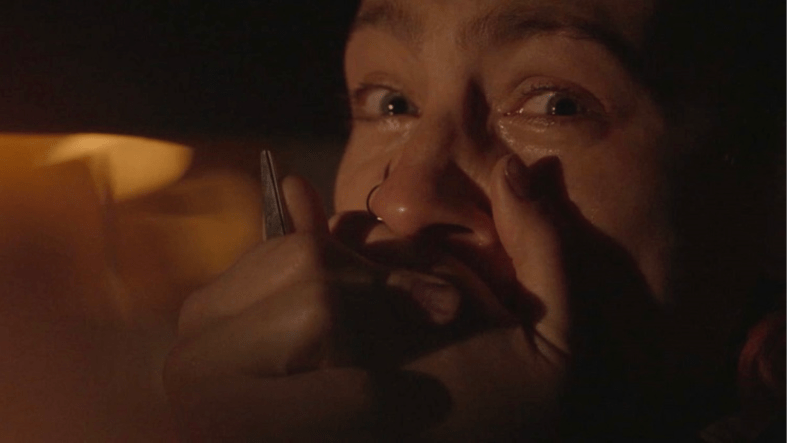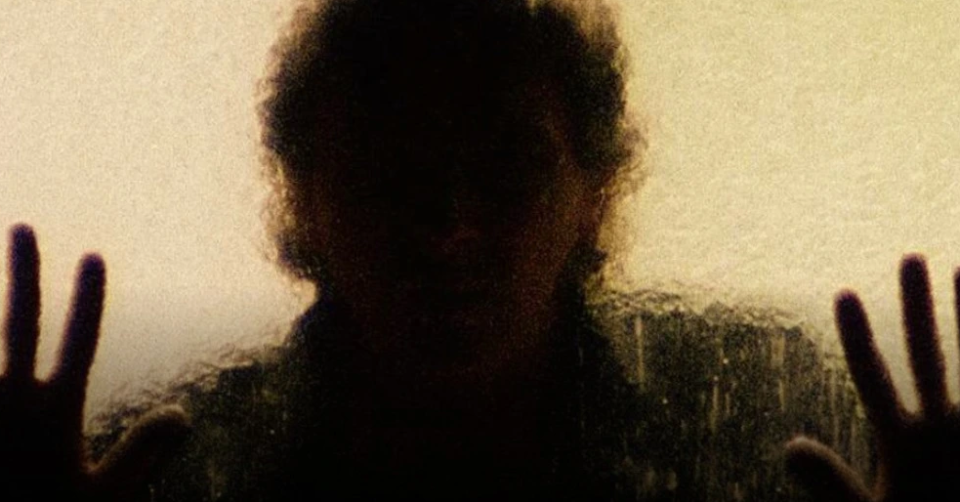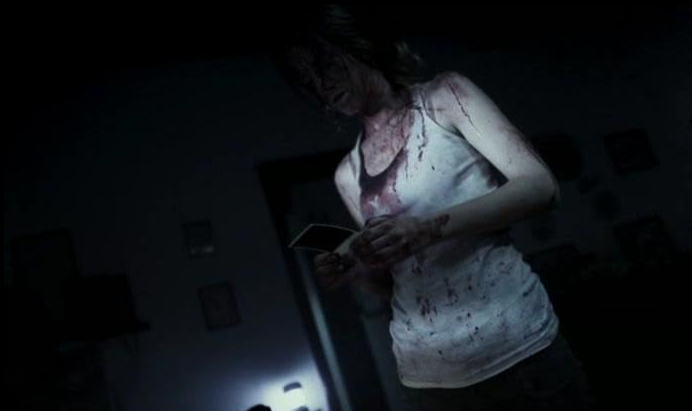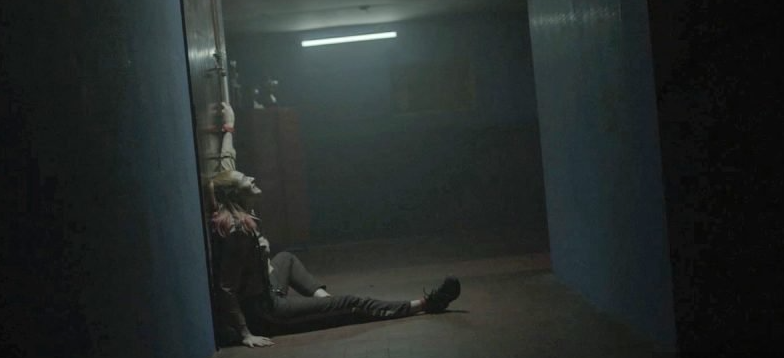‘Virus-32’: A Uruguayan Take on The Running Zombie

As of late, Uruguay has been making itself prevalent in the horror genre. My introduction to the country’s catalog started off with Maxi Contenti’s The Last Matinee. From there, I wanted to dive deeper into this Latin American country and the genre films it has to offer. This is where I encountered director Gustavo Hernández. Within a little over a decade, Hernández managed to film four feature horror films. His most recent, Virus-32, is an action-packed horror film with his signature theme: unveiling and confronting past traumas.
Virus-32 follows security guard Iris (Paula Silva) during the initial outbreak of an infection. After a dispute with her ex-partner Javi (Franco Villa), he forces Iris to take her daughter Tata (Pilar Garcia) to work. Upon arriving at the gym, Iris drops off Tata at an empty basketball court inside the gym. In the meantime, Iris stumbles across her workplace trying to wear off her day drink of rum. Unbeknownst to her, the streets of Montevideo are being ravished by infected hunters. While Iris continues her duties, the sports club becomes a hot spot for the infected. As they congregate, the violence only escalates. Iris must find her way back to Tata before the hunters (or ill-intended humans) do.
The Infected Special Trait
There’s been a subgenre of horror films on the rise involving humans turning into savages due to an external force. Shudder already offers Mayhem, a film about two white-collar workers trapped in an office building during an implosion of violent acts due to a virus. Another recent example, courtesy of Shudder once again, is the extreme splatter film The Sadness from Taiwan. This film is about a couple trying to survive as the city population turns into bloodthirsty sadists.
The “zombies” in Virus-32 fall under the category of infected people who are still sentient but acting upon savage urges. A common trait within these infected is their ability to run at high speed versus stumbling along like Romero’s zombies. While falling under these common tropes, Hernández does include an element that makes his infection unique. After the infected attack as a unit, these intelligent hunters need a 32-second break to regenerate their strength. Hernandez uses this symptom to his advantage in multiple sequences. For instance, witnessing Iris navigating through a corridor filled with these resting zombies is one of the many ways Hernández utilizes this trait moment. Having to escape a mob of intelligent zombies in a city proves to be difficult enough. With the one-location setting of the gym, Hernández takes the viewers through a claustrophobic ride.

Hernández’ Signature Style of Filmmaking
When it comes to creating a suffocating ambiance, Hernández brings his all. His 2010 debut feature The Silent House, which has an American remake starring Elizabeth Olson, displays his strengths in generating a claustrophobic setting. The Silent House follows a grieving mother attempting to find any information about her missing daughter. Just like Virus-32, The Silent House is a one-location narrative depicting a complex relationship between a mother and daughter. In Virus-32, we still get a single-location film, just at a grander scale. But this doesn’t mean the tension disintegrates between the wider walls. Hernández is still able to make his new location feel like a claustrophobic death trap.
One of the ways Hernández keeps the tension is through a filmmaking technique that appears in both of his films. His continuous one-take sequence with no hard cuts keeps the viewers on their feet regardless of the setting. The Silent House is presented as a found footage film but no character within the narrative is holding the POV camera. Combine this technique with the one-take method and Hernández is able to create a choked atmosphere. He displays what is at the forefront with little but the imagination for what is happening in the background.

Unlike his debut feature, Virus-32 does use hard cuts throughout the film. Hernández did still sneak in a one-take sequence at the beginning of the film when Iris and Javi dispute about her irresponsibility. But even though Hernández disregards the one-take method for the rest of the film, Hernández finds new ways to effectively keep the tension. He does this by focusing the camera on Iris for the majority of the runtime. As she navigates through the gym the lens never leaves her. This is another example of how Hernández creates a sense of suffocating dread.
Just like in The Silent House, Hernández’ preferred style of filmmaking technique places a lot of attention on the characters presented on screen. Despite all the violent acts, the heart of the film is placed within Iris’ satisfying character arc. Iris is thrown into the ringer both on and off of the screen. Her progression is unveiled through the second half of the film. Before the narrative of Virus-32 even begins, Iris undergoes a traumatic event. While grieving, Iris cares for Tata but doesn’t fully take on the responsibilities that come with being a mother. But as she is separated from Tata and the hunters attack, her motherly instincts return, and her role of being a protective mother is kicked into gear.

Virus-32 is a fresh take on zombie cliches. While its influences are on its sleeves, it never once feels derivative. Instead, Hernández uses these tropes to create a tense film revolving around familial bonds. But nevertheless, Virus-32 doesn’t forget its roots of bloody good fun.
Categorized:Editorials Horror En Espanol

